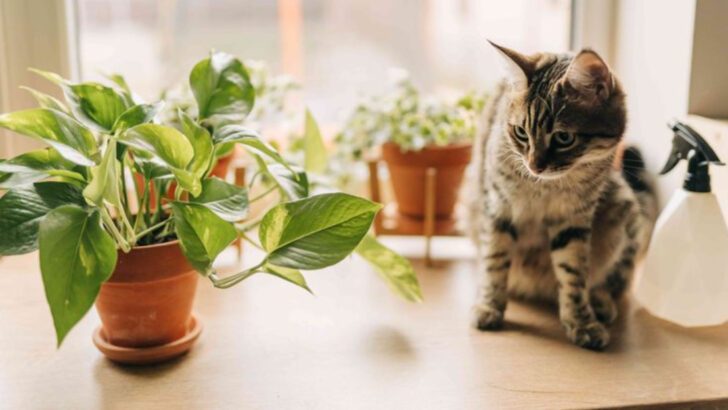That innocent-looking plant on your windowsill might be a silent threat to your pet. It doesn’t grow fangs or hiss—but one nibble could land your cat or dog at the emergency vet. Vomiting, seizures, even organ failure—some houseplants pack a toxic punch you’d never expect. They’re beautiful, sure. Lush leaves, bright blooms, Pinterest-worthy pots. But behind that leafy charm? Trouble. If you share your home with a curious nose or a playful paw, you’ll want to know which plants are dangerous—and fast. Here are 12 common houseplants that could poison your cat or dog, even if they look perfectly harmless.
Aloe Vera
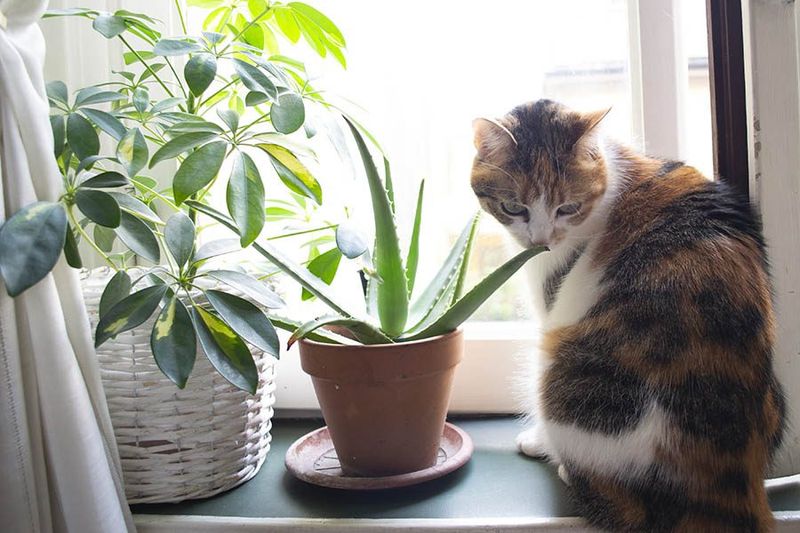
Aloe Vera, known for its soothing properties, can be harmful to pets. Its gel is cherished for healing human skin, but pets ingesting it may experience discomfort. Vomiting, diarrhea, and fatigue can follow. Hidden within homes for its lush appearance, owners must ensure it remains out of paw’s reach. Splitting open a leaf reveals the soothing gel that humans prize but pets must avoid. Its striking structure and vivid green color make it appealing, yet caution is necessary. Curious pets may chew on the leaves, leading to unintended illness. Awareness of its dual nature is essential for pet owners.
Philodendron
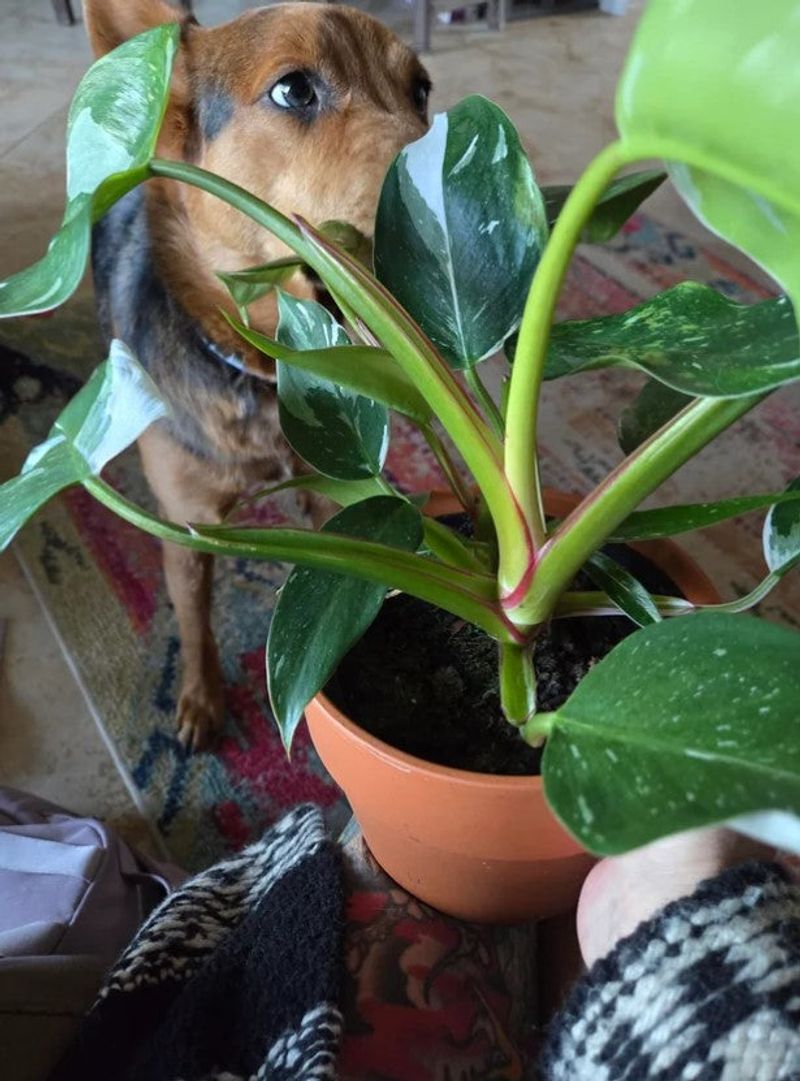
Philodendrons, with their alluring heart-shaped leaves, are a favorite among indoor gardeners. However, these attractive plants contain calcium oxalate crystals harmful to pets. Chewing on the leaves can lead to oral irritation, drooling, and swelling. They’re often placed high on shelves, their vines cascading downward. This makes them accessible to curious cats. Recognizing the plant’s dual nature helps prevent unwanted vet visits. Pets are drawn to their shiny, inviting leaves, unaware of the discomfort that can ensue. Keeping this plant out of reach is a wise precaution for those sharing their homes with four-legged friends.
Sago Palm
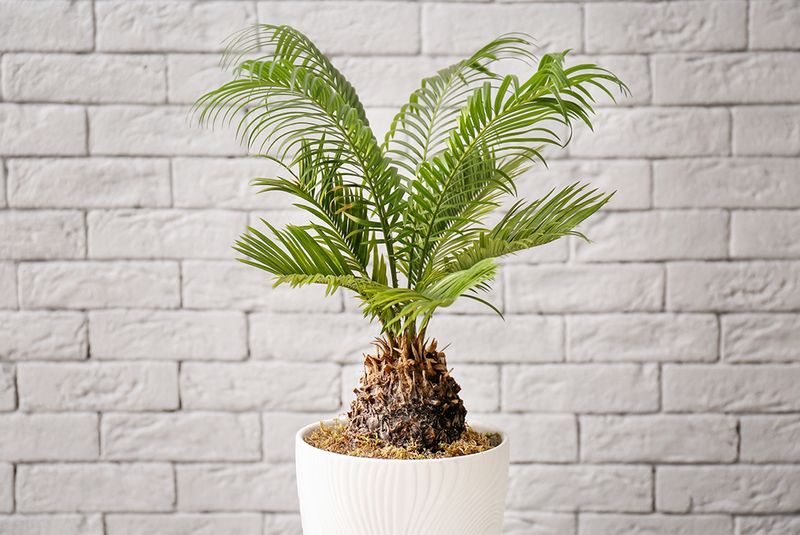
The Sago Palm, with its ancient allure, adds an exotic touch to gardens but hides a dangerous secret. Every part of this plant is toxic, especially its seeds. Ingesting them can cause severe liver damage in pets. Its rugged trunk and feathery fronds create a tropical feel, attracting both humans and animals. Yet, this beauty conceals toxic compounds. Pets drawn to its intriguing texture may face dire consequences. Vigilance is crucial for pet owners who cherish this tropical wonder. Understanding the risks associated with the Sago Palm ensures a safer environment for curious pets at home.
Lily
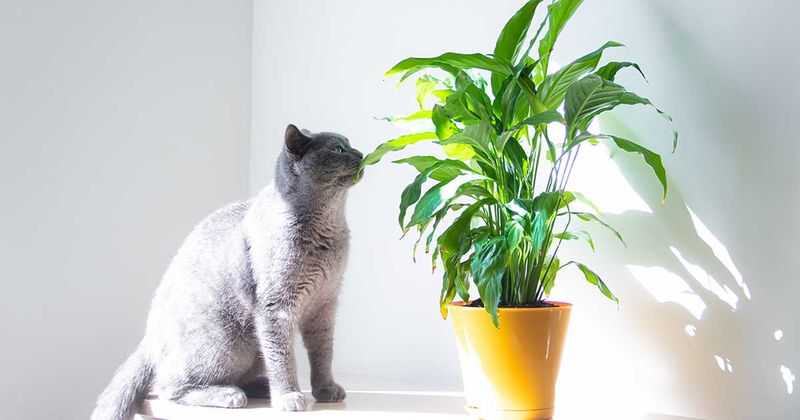
Lilies, with their exquisite blooms, symbolize purity and renewal. Yet, for cat owners, they represent a hidden peril. Even small amounts can lead to kidney failure in felines. The sight of lilies adorning a table is enchanting, but the risk to pets is significant. Their pollen, leaves, and even water from the vase contain toxic properties. Dogs are less affected, but caution remains essential. The juxtaposition of their beauty and danger serves as a reminder to pet owners. Choosing pet-safe alternatives helps avoid heartache and keeps the home both beautiful and secure for beloved companions.
Dieffenbachia
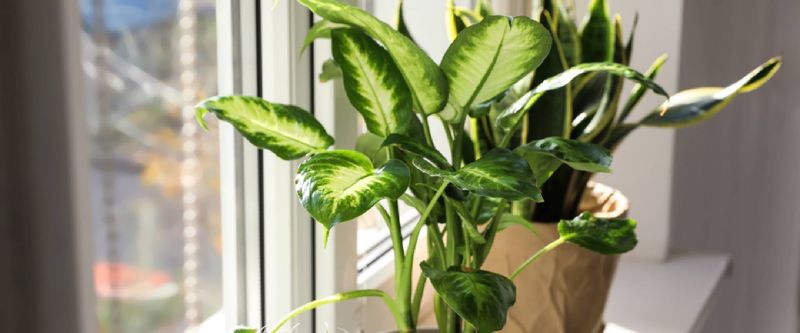
Dieffenbachia, often known as “Dumb Cane,” boasts stunning variegated leaves that add charm to any room. However, its beauty masks a toxic trait. The plant’s sap contains calcium oxalate crystals that can irritate pets’ mouths and throats. Symptoms include drooling and difficulty swallowing. This plant’s presence in homes and offices is common due to its easy care. Still, pet owners must exercise caution. Its visual appeal can tempt curious pets to take a nibble, leading to discomfort. Awareness and strategic placement are key to enjoying Dieffenbachia’s beauty while ensuring pet safety. Responsible ownership requires vigilance.
Pothos
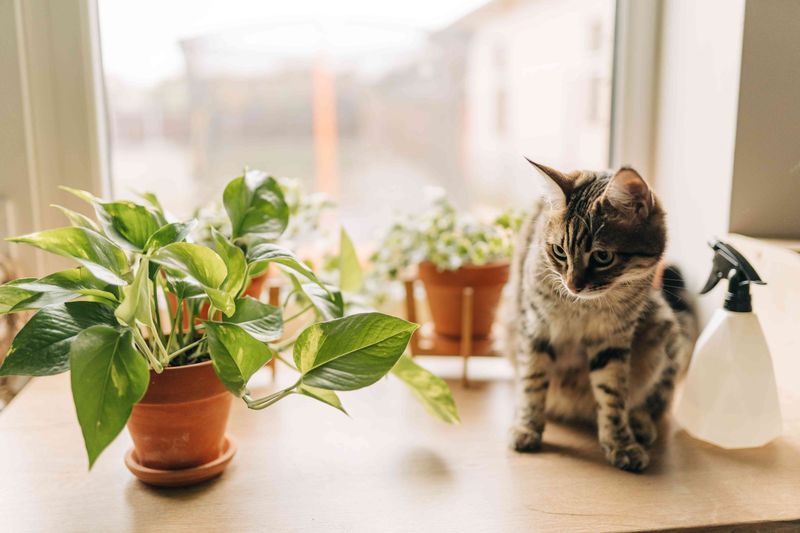
Pothos, beloved for its resilience and trailing vines, finds a home in many households. Its marbled leaves are an aesthetic delight, yet they harbor a secret danger. Calcium oxalate crystals within pose a threat to pets. Exposure can result in oral irritation and vomiting. Its forgiving nature makes it popular among plant enthusiasts. However, pet owners must be wary. The plant’s allure may prompt pets to explore, risking exposure to its toxic elements. Proper placement ensures that this versatile plant can be enjoyed without compromising pet safety. Understanding Pothos’ dual nature guides responsible plant choices.
Oleander
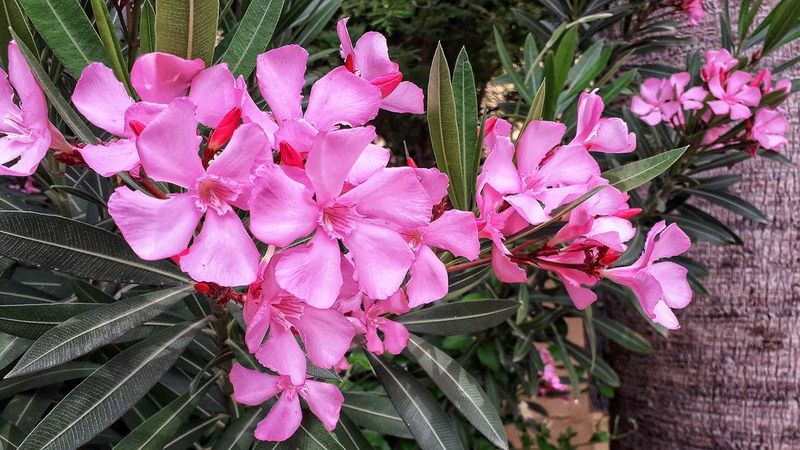
Oleander, with its profuse blooms, graces many gardens, exuding Mediterranean charm. Yet, it’s one of the most toxic plants known. All parts contain compounds that can affect a pet’s heart. The plant’s lush foliage and striking flowers can tempt pets to nibble. However, even small ingestions can be fatal. Its striking beauty belies the danger lurking within. Responsible pet owners must recognize oleander’s risks, ensuring pets steer clear. While its visual appeal enhances gardens, pet safety takes precedence. Awareness of oleander’s toxicity aids in creating a secure environment for furry family members, preserving their well-being.
Jade Plant
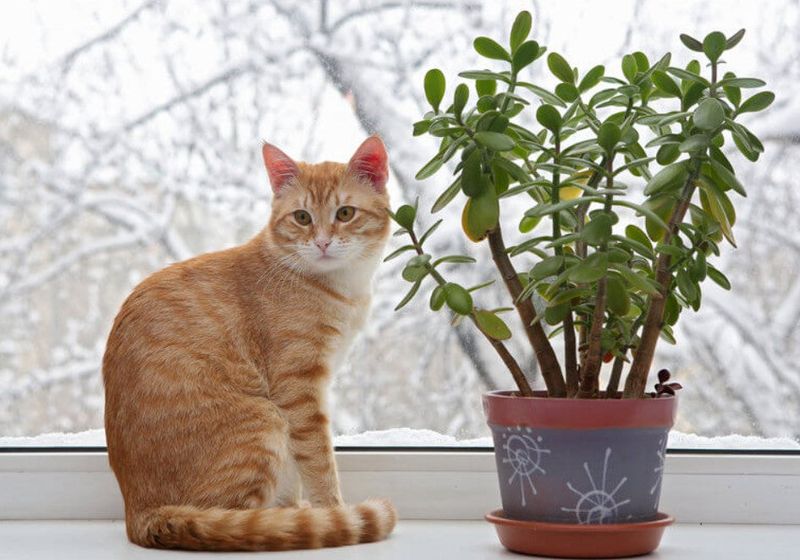
Jade Plants, with their thick, shiny leaves, are often symbols of prosperity and luck. However, for pets, they can spell trouble. Ingesting parts of a Jade Plant can lead to vomiting, depression, or incoordination. Their compact succulent form makes them popular in homes. But, their tempting leaves can attract curious pets. Recognizing the potential for harm is key for pet lovers. While Jade Plants contribute to a serene ambiance, they must be placed where pets can’t reach. Awareness of their dual nature ensures that prosperity doesn’t come at the expense of pet safety, maintaining harmony at home.
ZZ Plant
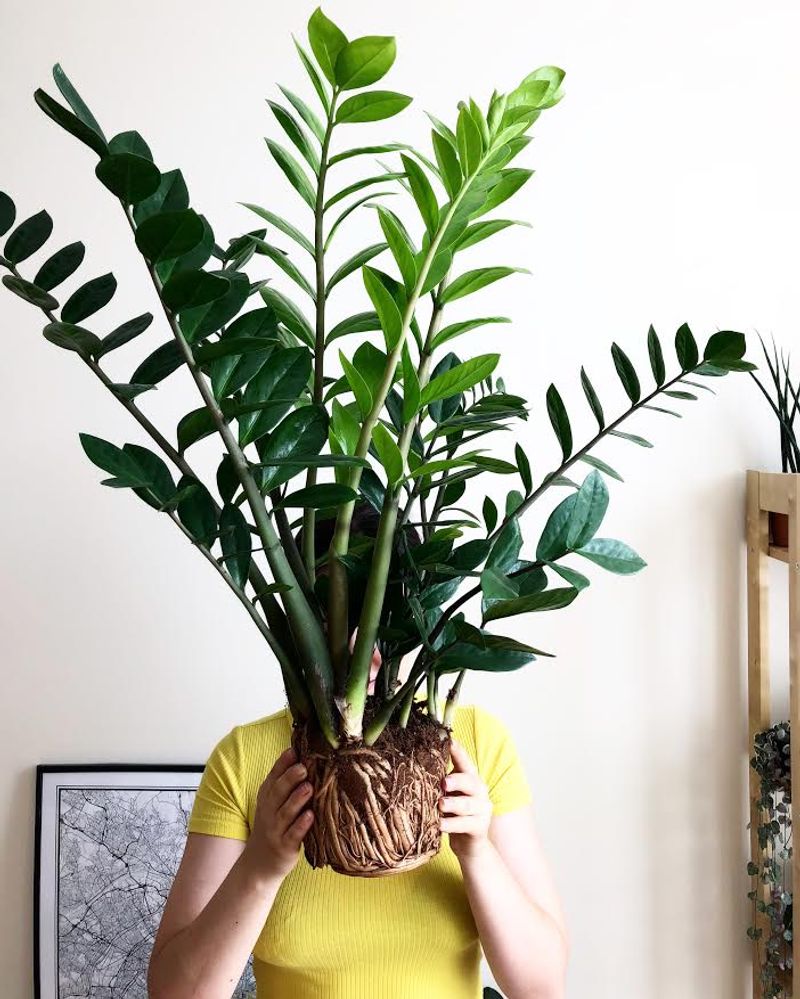
The ZZ Plant, prized for its low-maintenance nature, graces many modern interiors with its sleek leaves. Yet, this attractive plant harbors a hidden danger. Calcium oxalate crystals can cause irritation if ingested by pets. Its resilience is matched by its deceptive beauty, intriguing both humans and animals alike. While its glossy foliage adds elegance, pet owners must remain cautious. The curiosity of a pet can lead to unintended encounters with its toxic elements. Strategic placement of the ZZ Plant ensures a safe coexistence with pets, allowing its visual splendor to be appreciated without concern.
Peace Lily

The Peace Lily, with its serene white blooms, is a popular choice for creating a calming indoor environment. However, its beauty conceals a risk for pets. Containing calcium oxalate crystals, ingestion can lead to oral irritation and digestive issues. Its broad leaves and elegant flowers make it a favorite among plant enthusiasts. Yet, pet owners must take precautions. The balance of aesthetic appeal and potential harm requires thoughtful placement. Understanding the Peace Lily’s dangers allows for a harmonious home environment. Choosing pet-friendly alternatives or placing this plant out of reach ensures safety without sacrificing elegance.
English Ivy
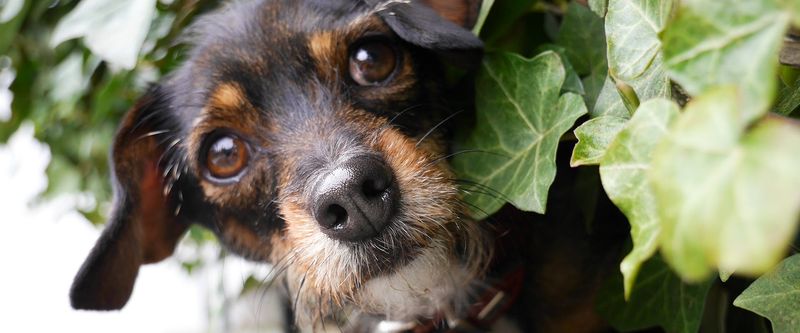
English Ivy, with its classic, trailing vines, adds a touch of timeless elegance to any space. However, this plant can be hazardous to pets. Its leaves contain saponins that can cause vomiting and diarrhea if ingested. Often seen climbing walls or cascading from planters, its lush appearance is inviting. Pet owners must be aware of its toxic potential. The contrast between its visual appeal and hidden danger highlights the need for vigilance. Choosing to keep English Ivy out of reach can prevent accidental ingestion. Awareness and thoughtful placement are key to maintaining both pet safety and aesthetic charm.
Caladium
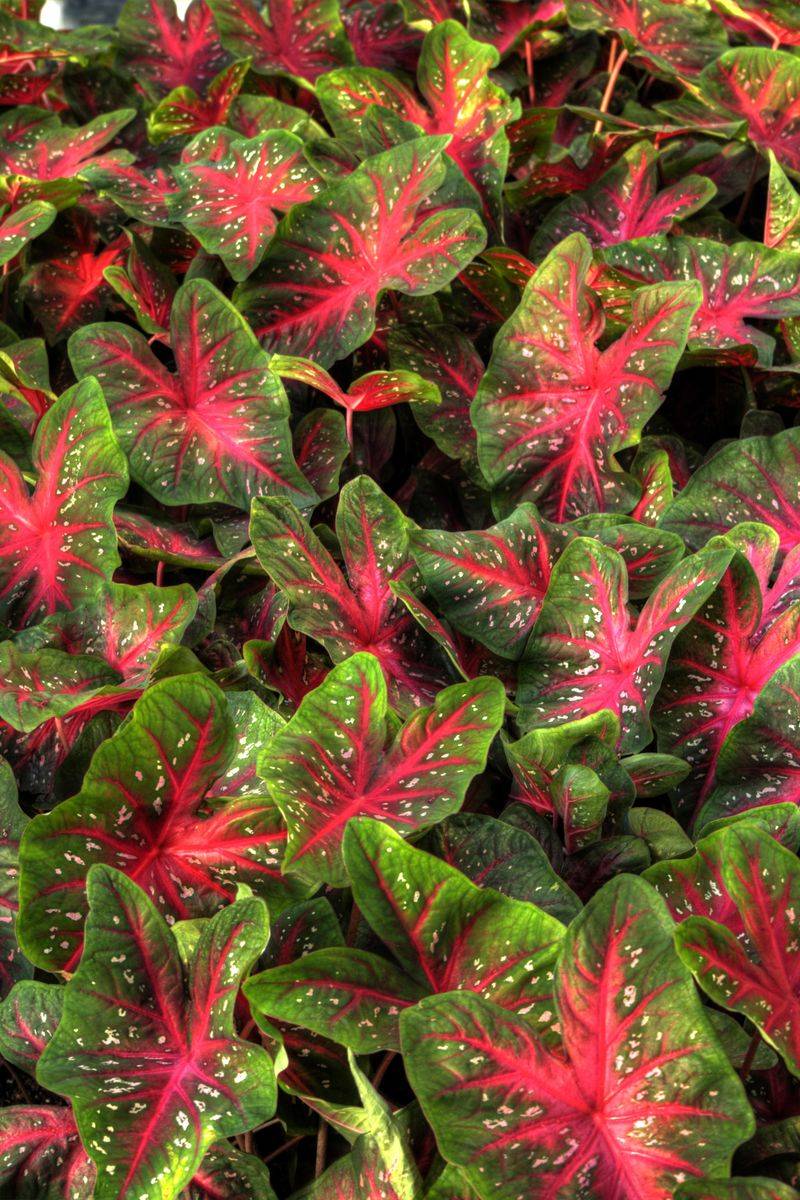
Caladium, prized for its colorful, heart-shaped leaves, brings a tropical flair to interior spaces. Yet, this plant poses a risk to pets. Calcium oxalate crystals within can cause severe oral irritation if ingested. Its vibrant appearance is a feast for the eyes, but caution is needed. Pets may be drawn to its striking foliage, unaware of the discomfort it may cause. Knowing the risks associated with Caladium ensures a pet-friendly environment. Placing it out of reach or opting for safer alternatives allows pet lovers to enjoy its beauty without compromise. Vigilance preserves both style and safety at home.

